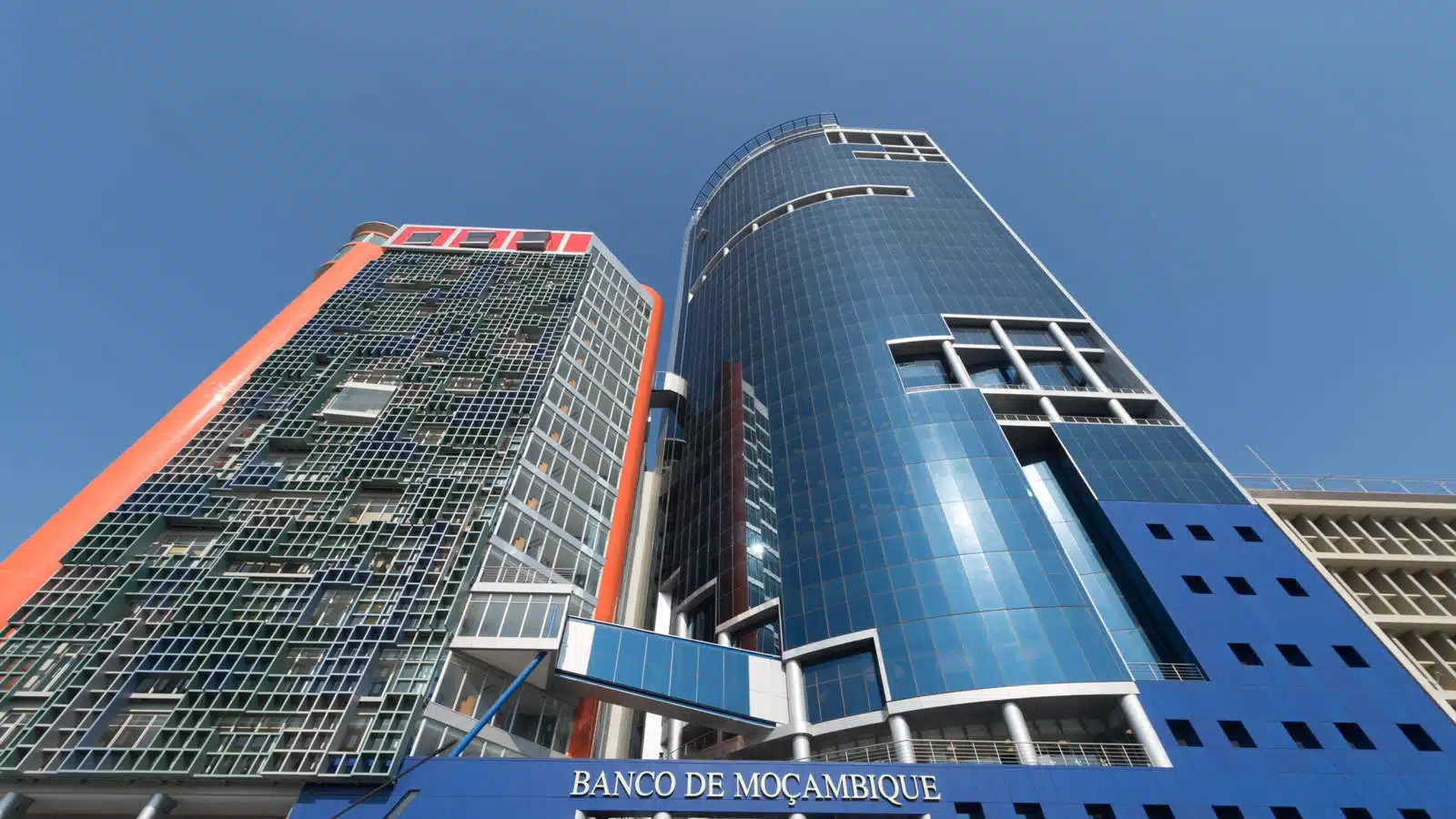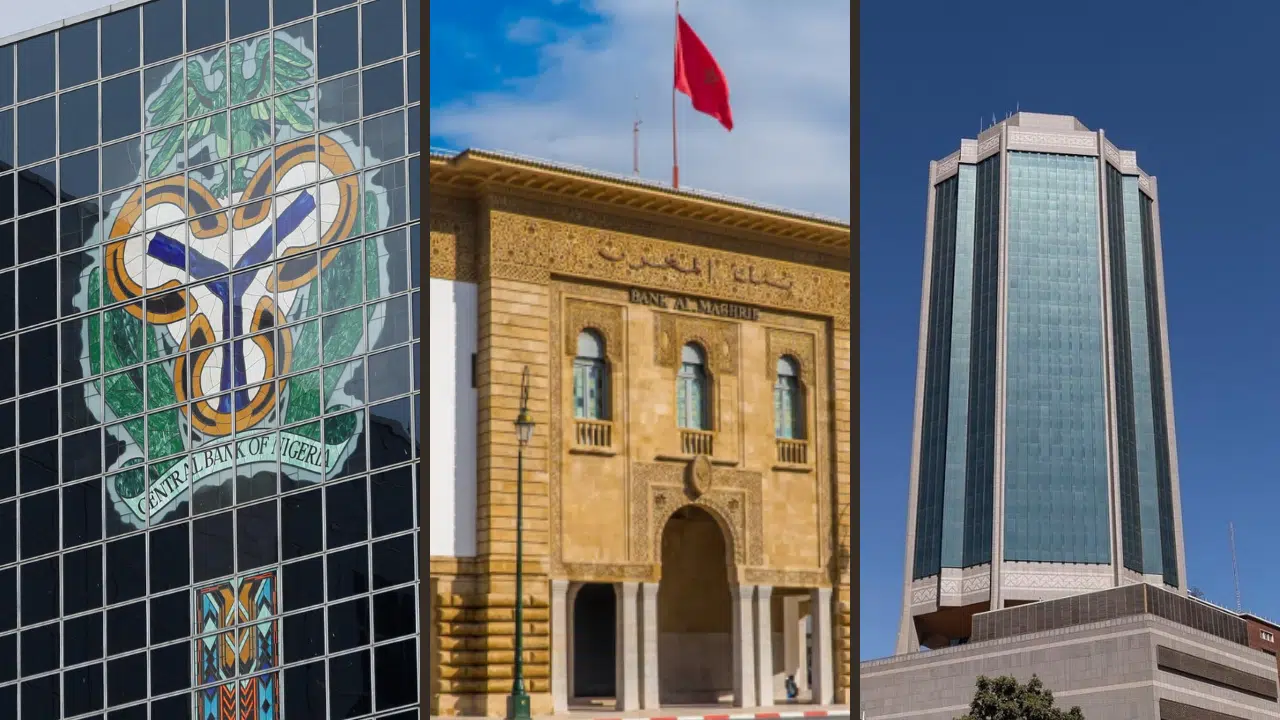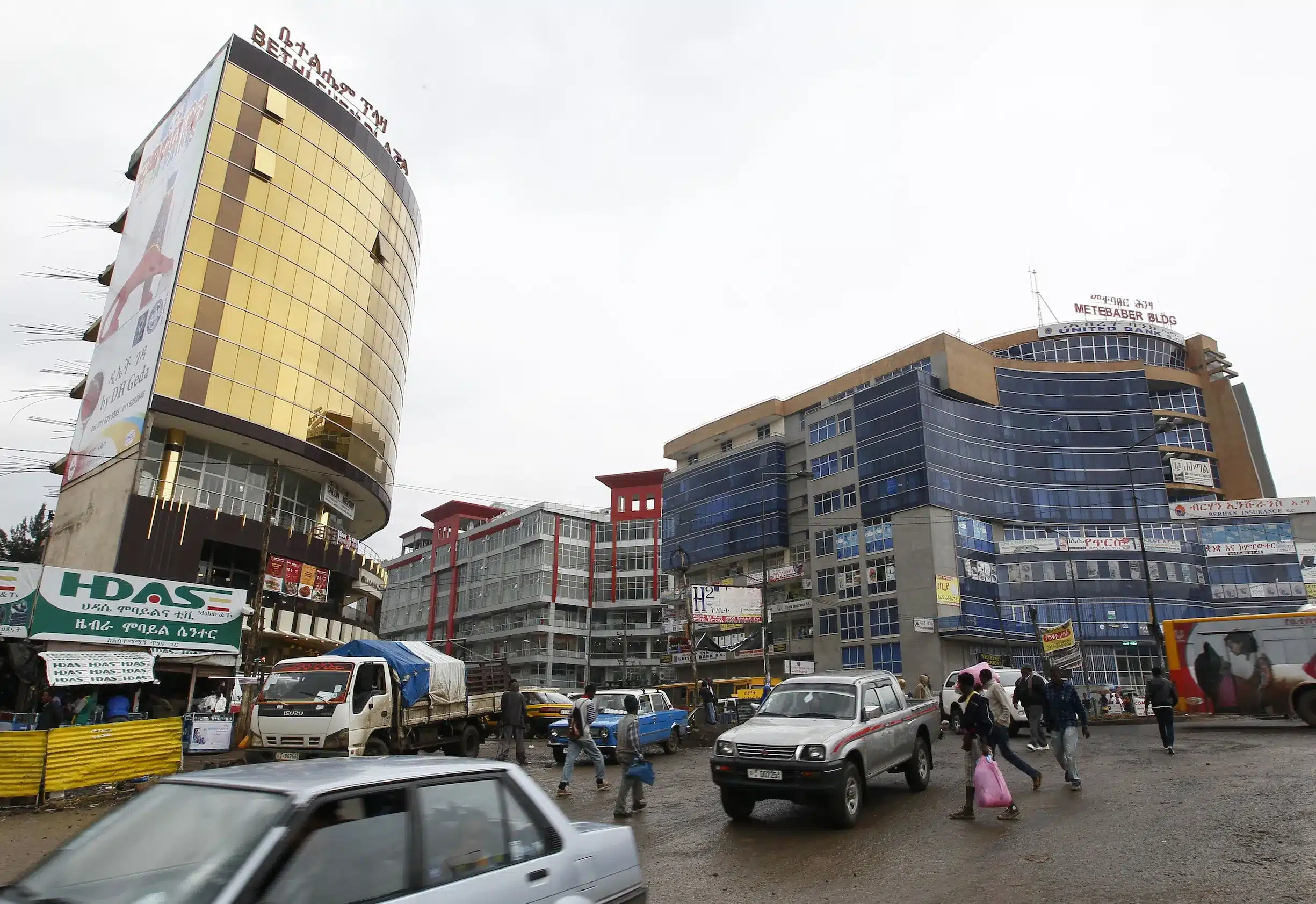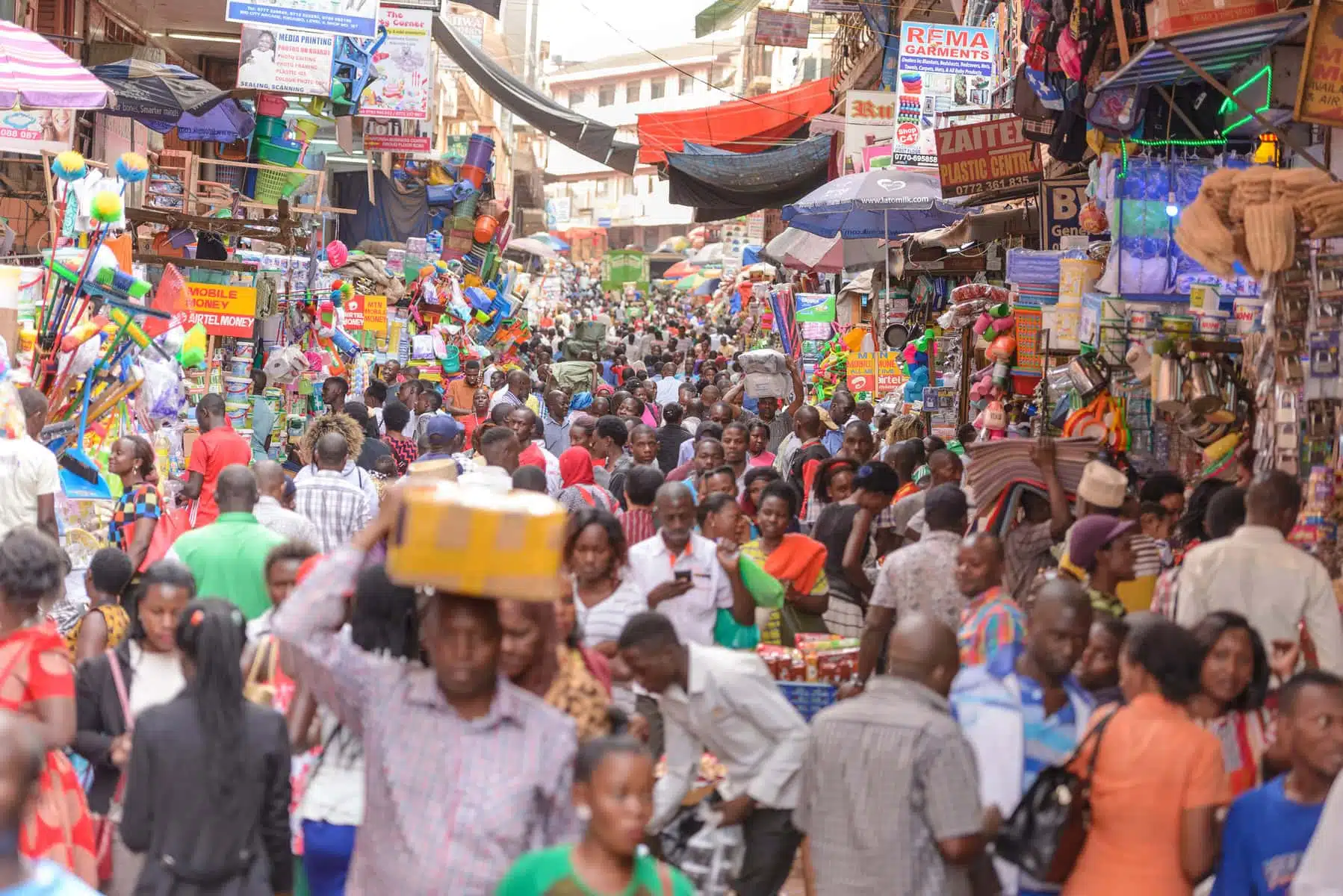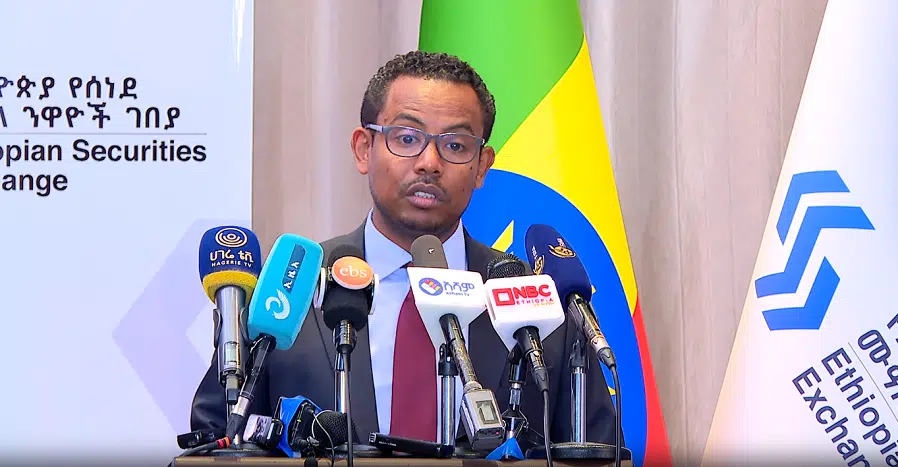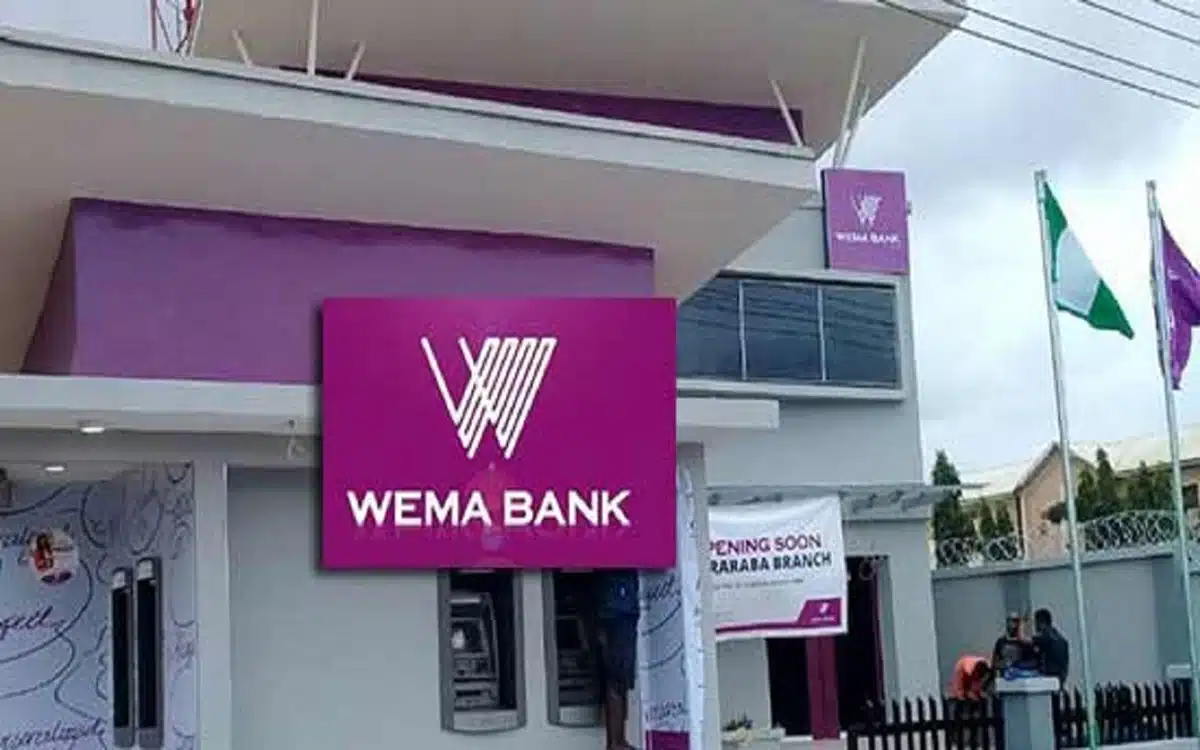South Sudan and Ethiopia have emerged as Africa’s weakest-performing currencies in the first eight months of 2025, as declining export revenues, limited foreign exchange inflows, and persistent macroeconomic pressures undermined FX stability, according to the latest Africa’s Pulse report by the World Bank.
Across the continent, currency weakness has continued to shape inflation dynamics, import costs, and investor sentiment. For instance, a weaker naira increases import bills and inflationary pressures while signaling economic fragility and lower investor confidence.
South Sudan: Conflict disrupts oil pipeline and spurs triple-digit inflation
According to the World Bank, “the weakest performing currencies in 2025 are the South Sudanese pound and the Ethiopian birr, with year-to-date reductions in value that exceeded 10%. In South Sudan, the weakening of the currency is attributed to damage in the oil pipeline from the war in neighboring Sudan, which has lowered export revenues.”
South Sudan, one of the world’s youngest nations, relies heavily on oil exports, which account for over 90% of its foreign earnings. The conflict in Sudan has severely disrupted its crude oil pipeline to Port Sudan, crippling revenues and triggering a sharp depreciation of the South Sudanese pound.
As a result, inflation has soared. The National Bureau of Statistics of South Sudan reported that inflation, which stood at 2.4% in 2023, has surged to a triple-digit rate of 107.9% in September 2025 — one of the highest in the world. The spike underscores the broader economic crisis facing the country amid persistent insecurity, import dependence, and a lack of fiscal discipline.
Ethiopia’s birr faces FX strain despite market liberalisation
In Ethiopia, Africa’s second-most populous nation, the multilateral lender noted that the ongoing foreign exchange market liberalisation effort “is being tested by a surge in the parallel premium as businesses struggle with limited formal access to US dollars amid market inefficiencies and restrictions.”
“In response, the National Bank of Ethiopia announced a series of measures that included public disclosure and capping of banks’ fees on foreign exchange transactions, and higher limits on foreign exchange sales allowed for advanced payments for imports, business, and personal travel,” the report added.
These interventions have provided temporary relief but have yet to fully stabilise the market. The Ethiopian Statistical Service reported that the country’s annual inflation rate eased for the fourth consecutive month to 13.2% in September 2025, the softest since April 2019, down from 13.6% in August.
Despite FX market challenges, Ethiopia’s broader economic outlook remains positive. The International Monetary Fund last week projected Ethiopia to be the fastest-growing economy in Africa in 2025, expanding by 7.2%, supported by ongoing fiscal and structural reforms.
Ghana and Zambia lead currency gains
While some countries struggle with depreciation, others have seen remarkable strength. The World Bank highlighted Ghana and Zambia as the two African countries with the strongest currencies this year, driven by rising export revenues, lower oil imports, tighter monetary policy, and increased foreign exchange inflows.
“For instance, the Ghanaian cedi appreciated by more than 20% year-to-date over the first eight months of 2025, after weakening by 19% in 2024,” the report said.
“Tight monetary and fiscal policy, rising export revenues (thanks to higher prices of cocoa and gold), and improved market sentiment (as a result of the successful debt restructuring process) contributed to strengthening the currency,” it added.
“The second-highest-earning currency in Africa is the Zambian kwacha, with a year-to-date appreciation of 16%. Progress in debt restructuring, lower oil import costs, and a temporary increase in the supply of US dollars (resulting from a higher demand for domestic currency to pay tax obligations) supported the stronger currency.”
Nigeria, Ghana, and Zambia see inflation relief
A recent S&P Global report revealed that Ghana and Zambia recorded outright declines in purchasing prices at certain points during the year, while Nigeria saw the weakest input price growth since March 2020 in the third quarter, even as inflation remained elevated.
Nigeria’s inflation eased to a three-year low of 18%, according to official data, while the naira rallied to its strongest level in eight months — climbing from ₦1,529.73/$1 on June 30 to ₦1,480.3/$1 by September 26, 2025, according to Central Bank of Nigeria data.
In September, Ghana’s headline inflation dropped to a single-digit rate of 9.4% — its lowest since August 2021 — while Zambia’s annual inflation eased to 12.3%, down from 12.6% in August, extending a five-month streak of slowing price growth and marking its lowest level since September 2023.
Outlook: Stability depends on policy, commodity prices
The World Bank noted that “African currencies have gradually strengthened thanks to more accommodative financial conditions, increased foreign exchange flows (resulting from market reforms in some countries and greater foreign direct investment inflows to the continent), greater export proceeds due to favorable commodity prices, and partly due to a weaker US dollar.”
However, the Bank cautioned that the outlook remains fragile. “Going forward, the prospects for lower regional inflation will depend on commodity prices remaining soft, especially oil and food prices, with the latter having a greater share in the consumer basket of African households,” it said.
To sustain progress, the World Bank advised that addressing barriers to structural transformation and maintaining prudent fiscal management would help sustain the gains in both currencies.



